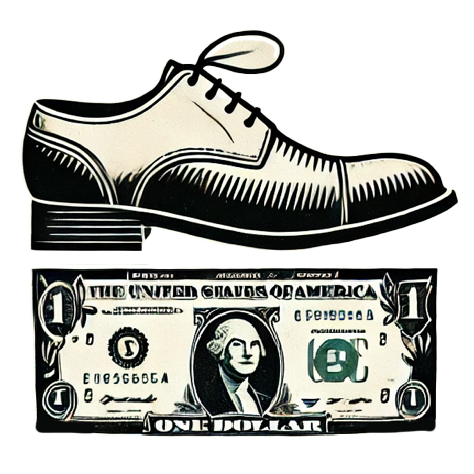The automotive industry is undergoing a tumultuous period, primarily due to the sweeping tariffs imposed by former President Donald Trump. The current reality facing major automakers is a complex one, detaching itself from traditional production dynamics and the long-standing relationships they had built with countries like Canada and Mexico. In a public statement, Trump suggested that he is prepared to provide assistance to automakers struggling with the repercussions of a 25% tariff on imported vehicles. While he has indicated a willingness to help, the actual mechanisms and plans behind his statements are nebulous, leaving the industry in a state of uncertainty.
For car manufacturers, the desire to pivot production back to the United States is not merely a matter of patriotic sentiment; it’s a survival strategy. This shift takes time, resources, and a significant overhaul of existing supply chains. When Trump uttered the words “a little bit of time,” it echoed across factories and boardrooms, invoking mixed reactions. Some industry leaders welcomed the potential reprieve, but skepticism hung in the air regarding the feasibility of a government plan that could permit automakers the leeway they seemingly require.
The Stock Market’s Response
Amidst this backdrop of concern, automakers are witnessing a notable uptick in their stock prices. Companies like Ford, General Motors, and Stellantis observed increases between 3% and 6%, while newer entrants like Rivian also saw a boost. This could be interpreted as a superficial reaction to Trump’s vague promises, yet it highlights a significant dichotomy in how the market perceives the evolving regulatory landscape versus the underlying complexities of the production operations. Investors remain cautiously optimistic, yet it raises questions: Are the stock gains merely a momentary blip, or do they embody genuine confidence in the automotive sector’s adaptability?
The stock performances run parallel to fundamentally different strategies adopted by various automotive players. For instance, Ford and Stellantis, which have more domestic production, likely benefit more directly from Trump’s comments than foreign automakers like Jaguar Land Rover, which have ceased shipments. It underscores how tariff policies propagate diverse trajectories within the same industry, often creating uneven playing fields among competitors.
Consumer Impact — A Double-Edged Sword
While Trump’s tariffs are framed as a protective measure for American workers, the repercussions for consumers cannot be overlooked. With companies like Hyundai asserting that they will refrain from raising prices for at least two months to alleviate consumer fears, it’s apparent that the cost of these tariffs may directly affect the buyer’s wallet. We must question whether this temporary freeze is sustainable long-term and whether it benefits consumers or simply postpones an inevitable price hike.
Furthermore, General Motors’ decision to ramp up U.S. production signals a potential positive response to the tariffs. However, the company’s strategic pivots raise questions about resource allocation and the broader economic implications—such as whether the market can sustain these changes while still producing vehicles that meet consumer demands.
Wider Economic Considerations
It is essential to take a step back and look at the broader implications of these automotive tariffs. They represent not just an isolated policy decision but a shift in how the United States engages with international trade. While the idea of bolstering domestic manufacturing is appealing on paper, the reality can be far different. The long-term benefits of such tariffs seem nebulous at best, and the idea of a ‘will to help’ must be scrutinized against the reality of corporate resilience.
In essence, the automotive industry’s response to these tariffs will create ripples across supply chains, consumer prices, and even global trade relationships. The supposed benefit of bringing jobs back to America could be undermined if the costs are offloaded onto consumers or if manufacturing processes inadvertently become less efficient. Thus, while tax policy may encourage a revival of domestic production, questions linger about its sustainable viability, adaptability, and the ultimate repercussions on both the consumer and the global market.
In navigating such choppy waters, it is vital that policymakers consider the long-term ramifications of their decisions on both the industry and the broader economic fabric, rather than merely opting for quick, short-term gains.

